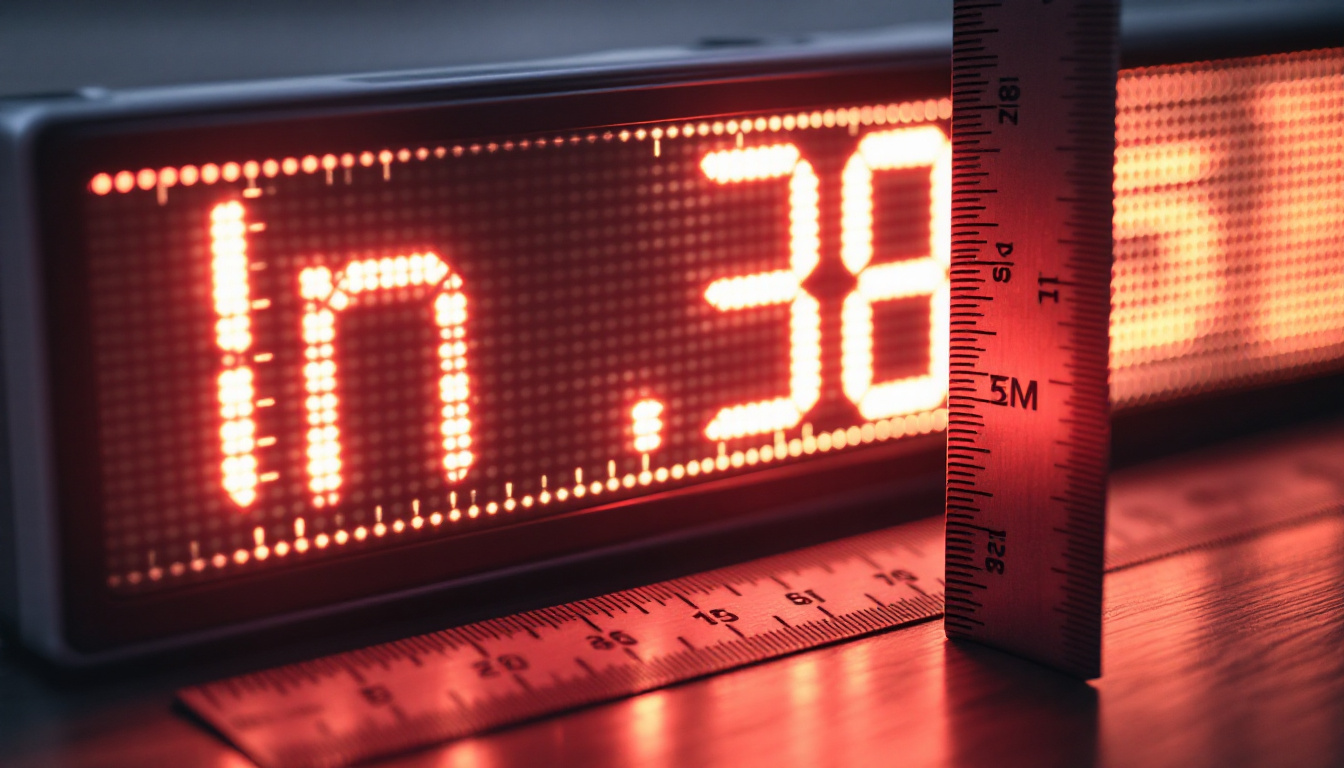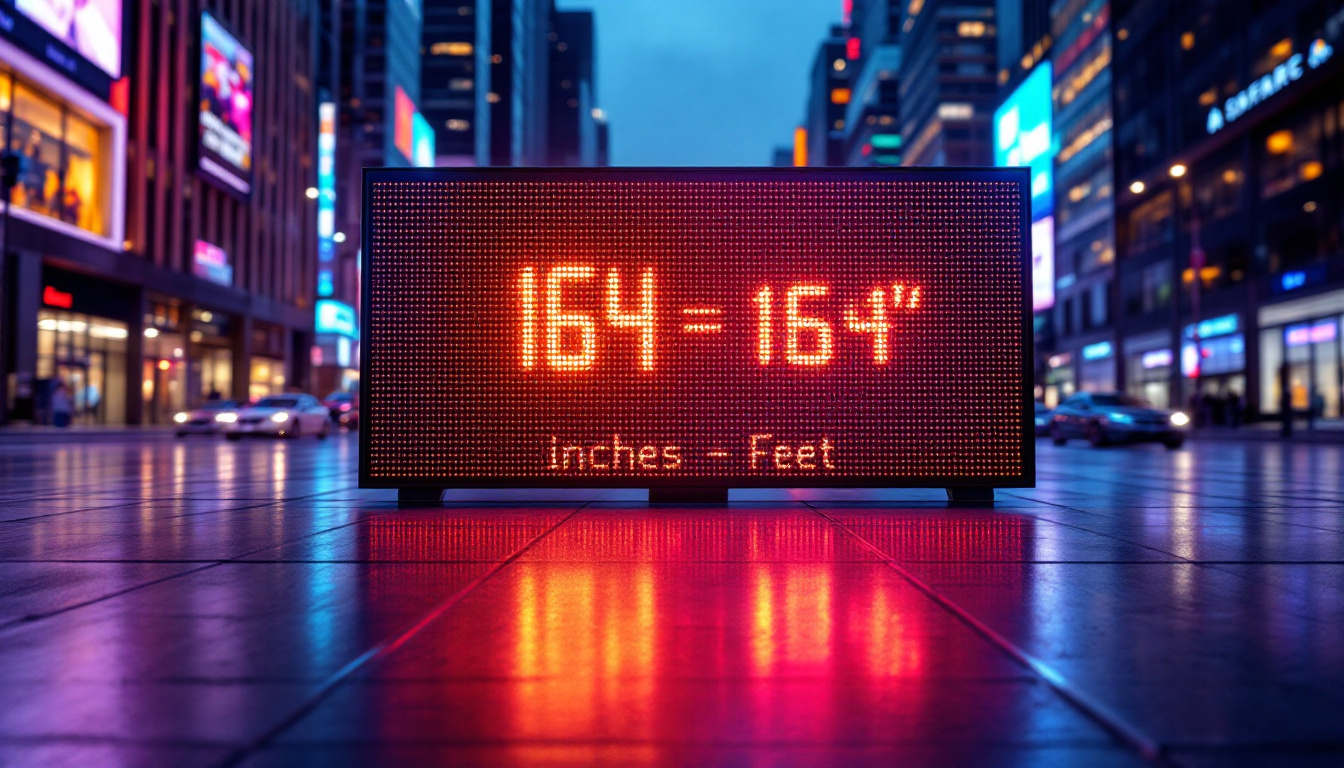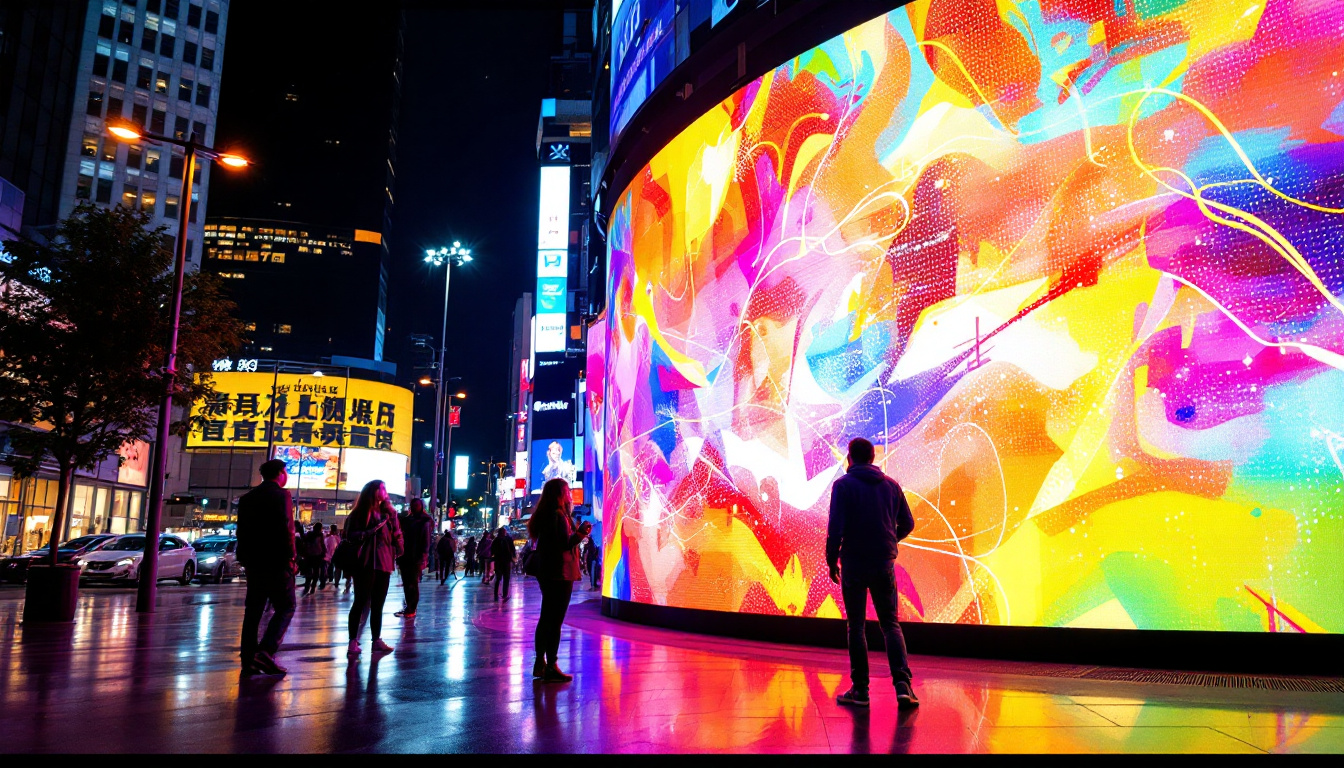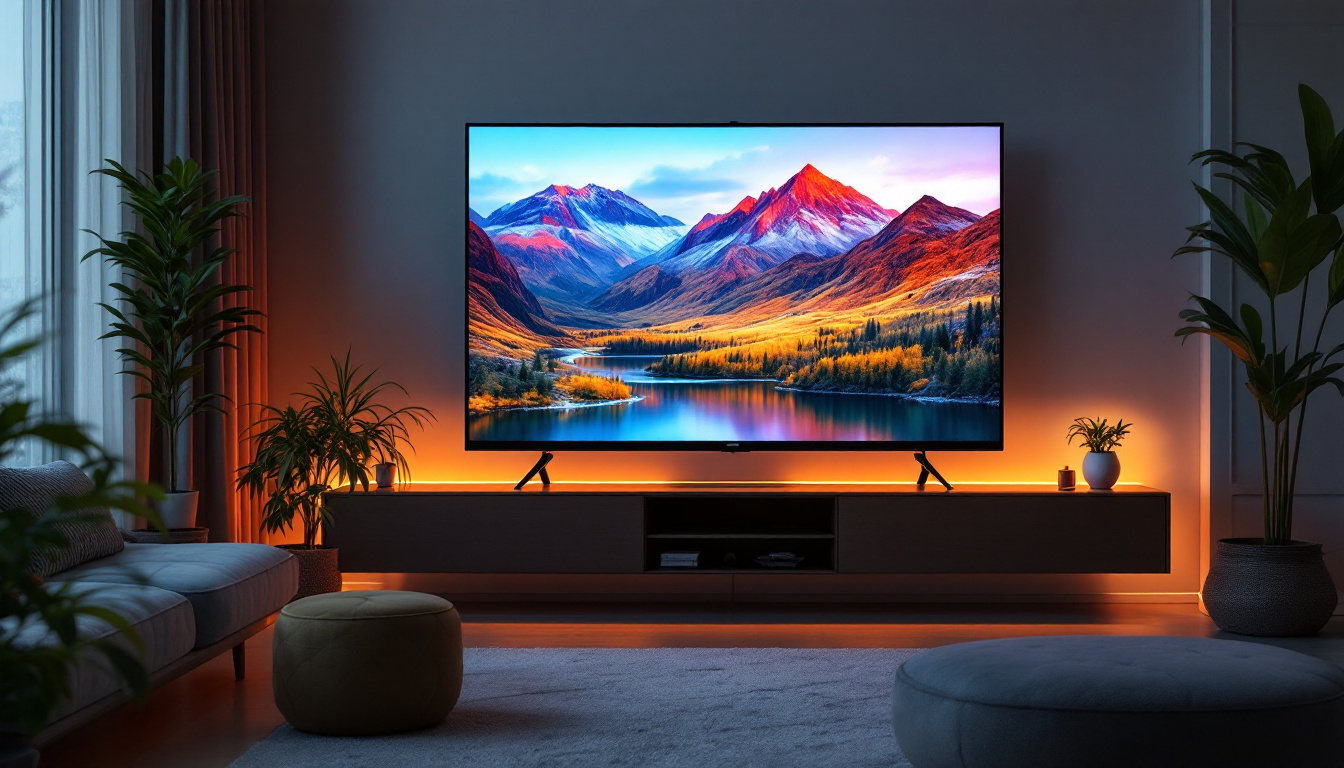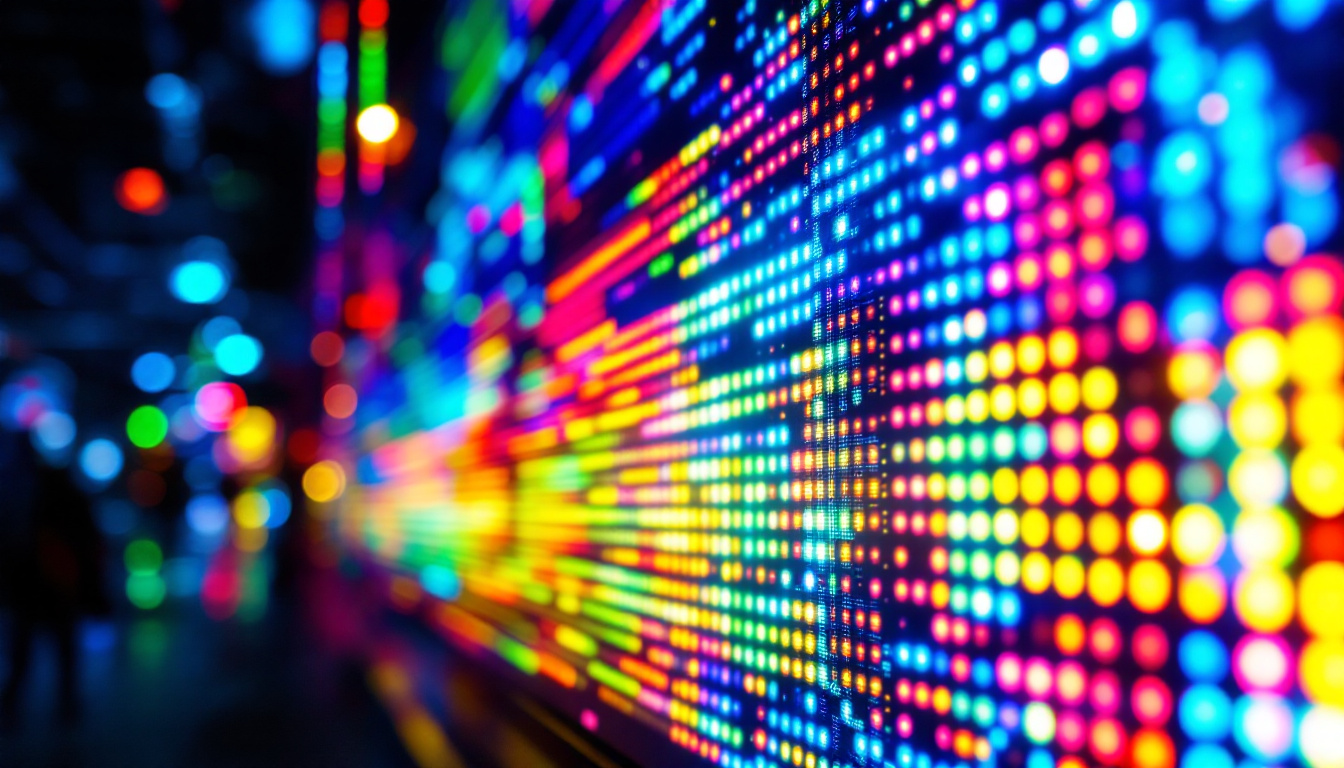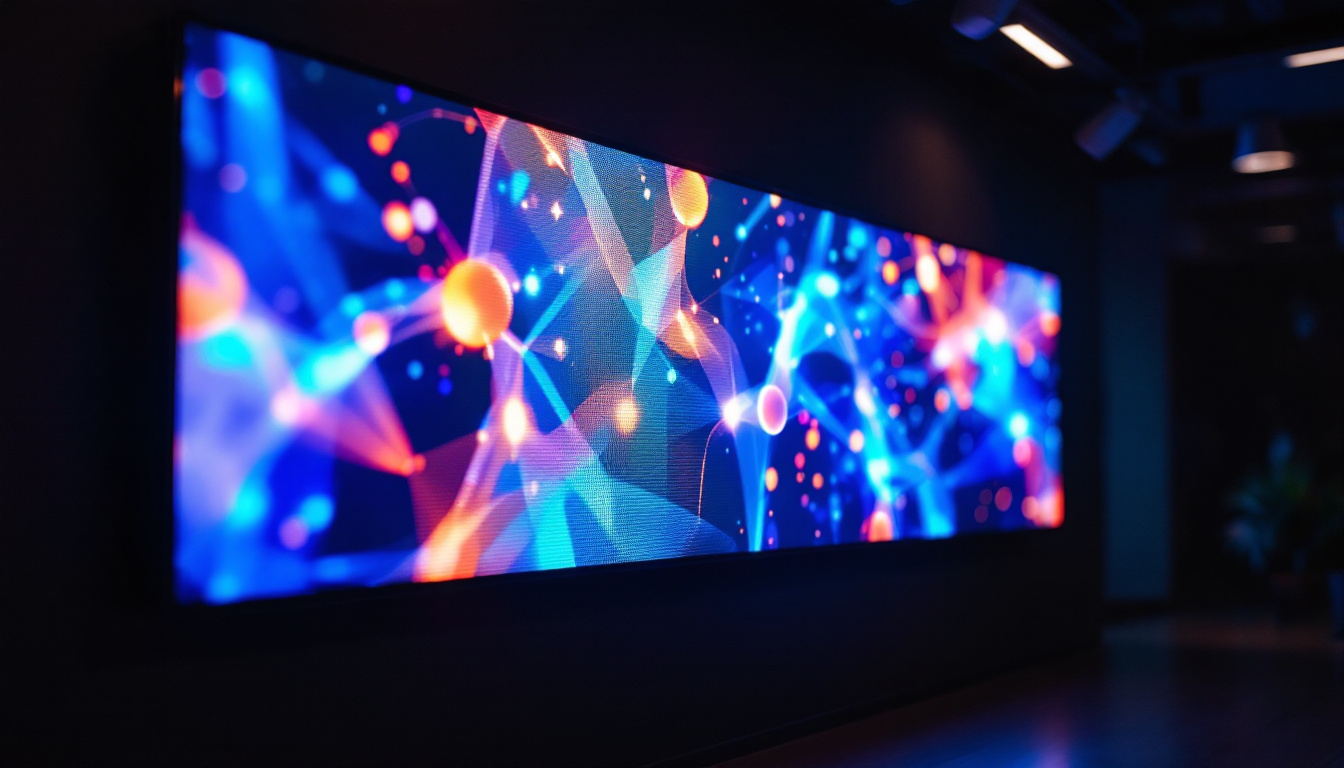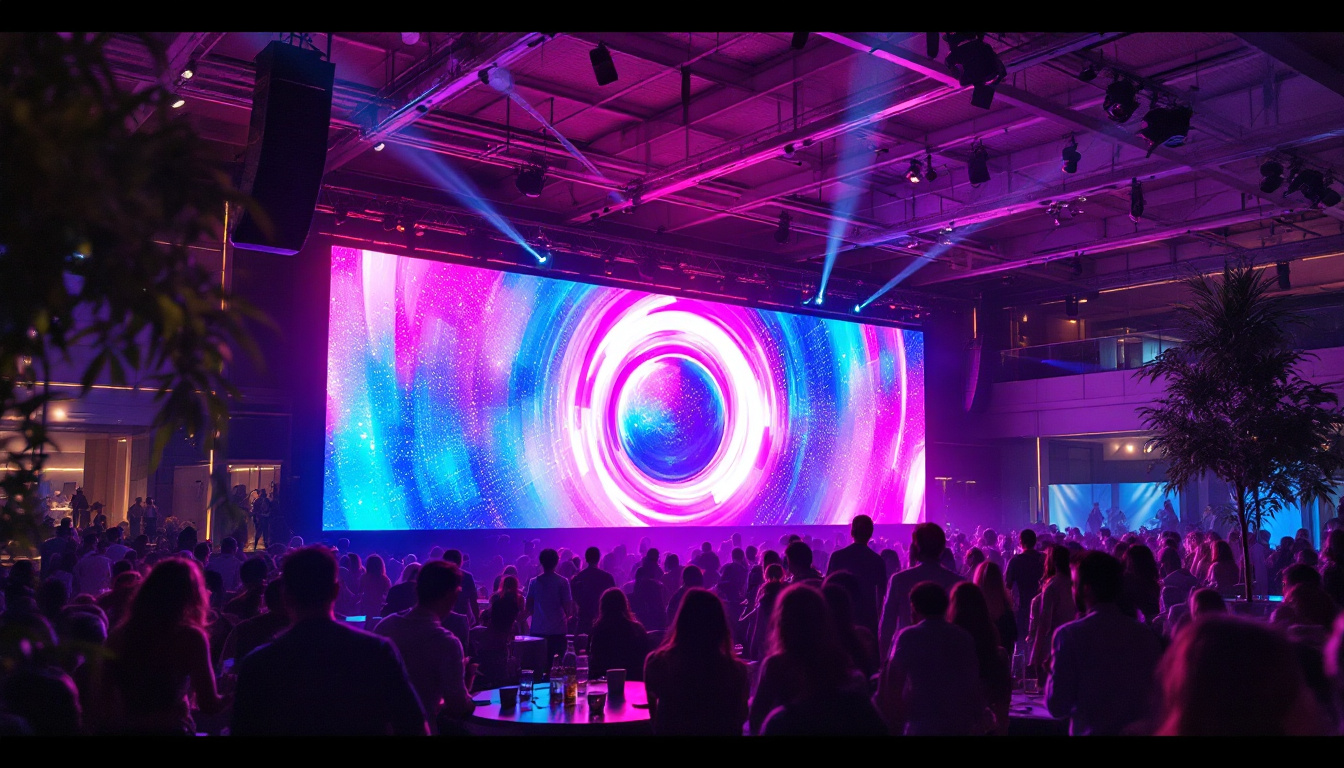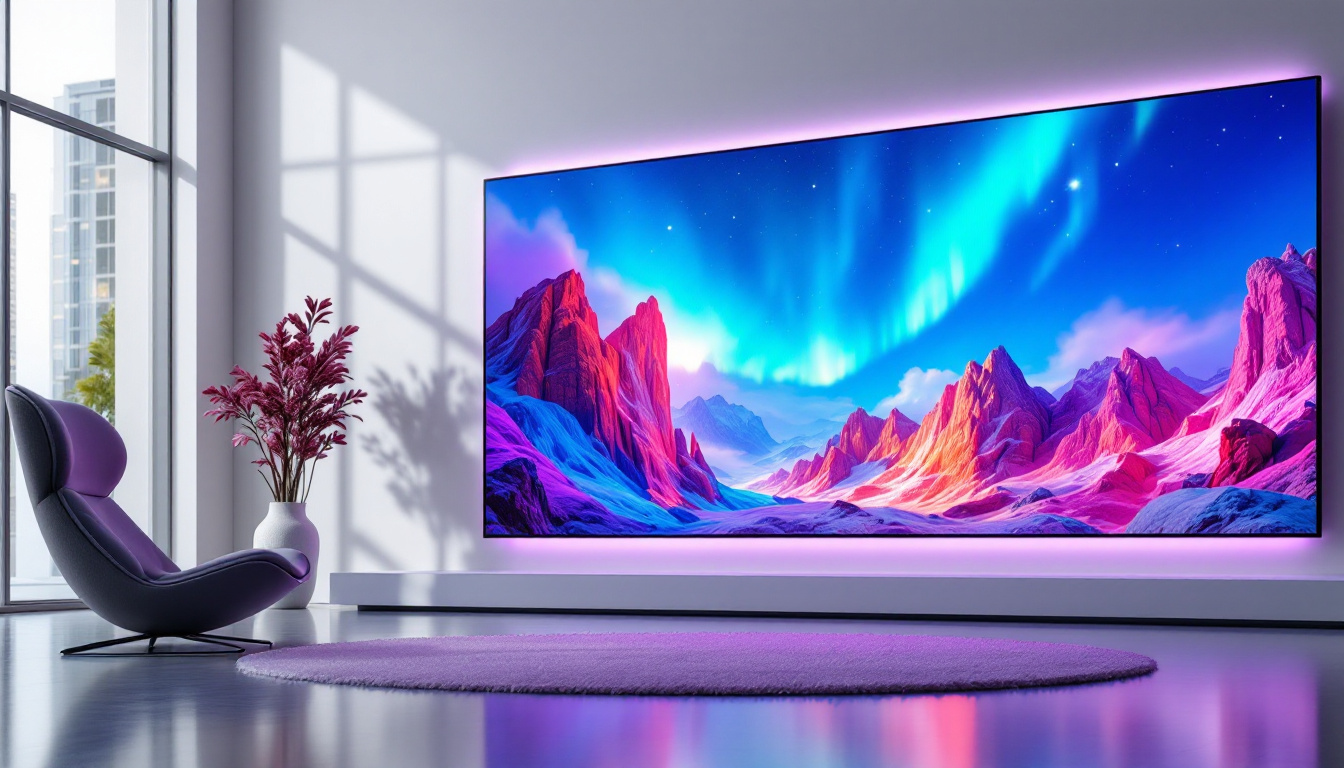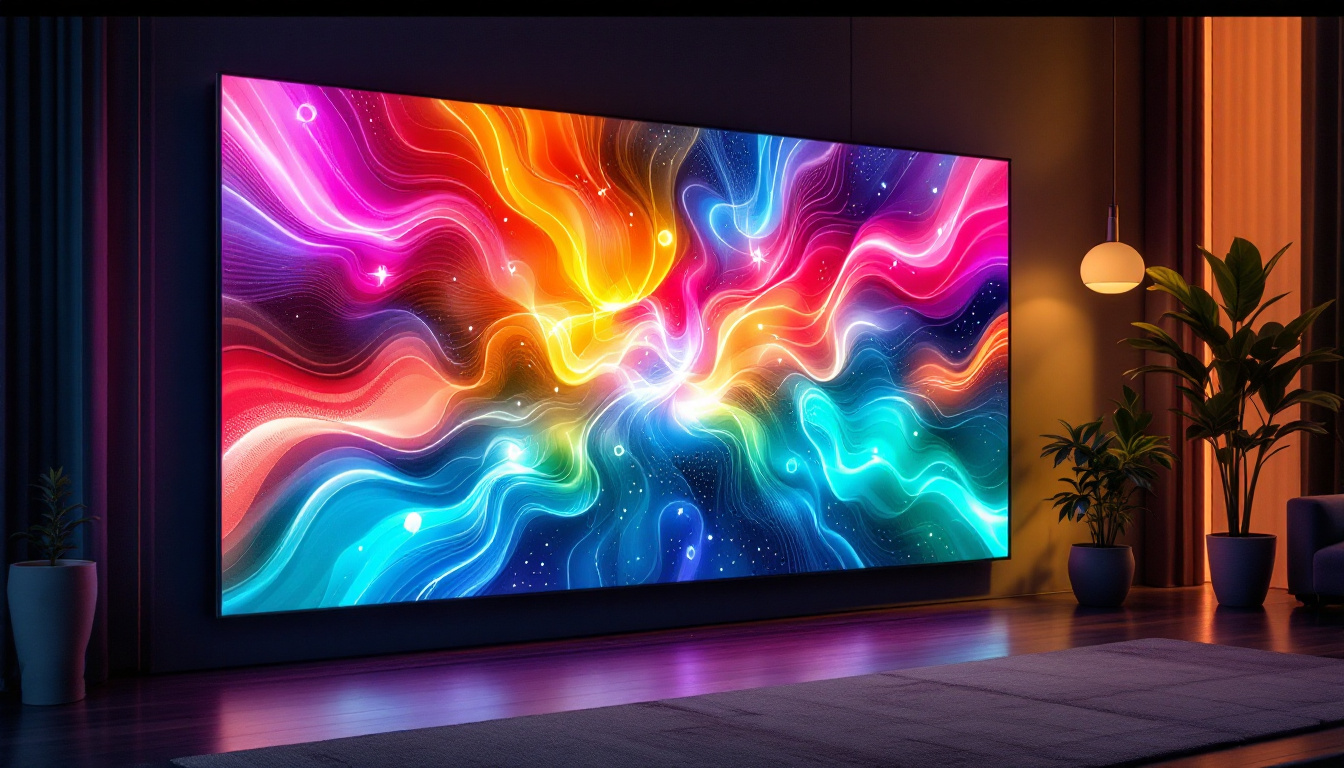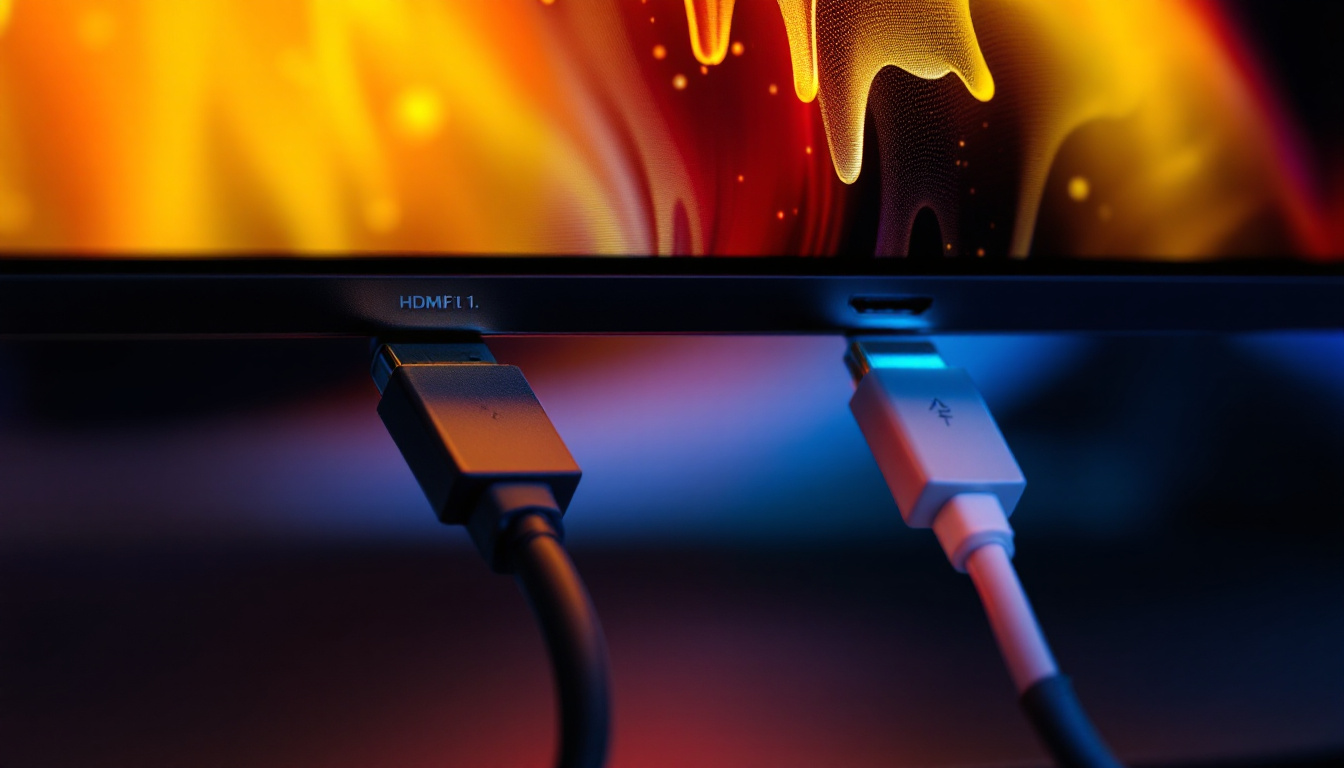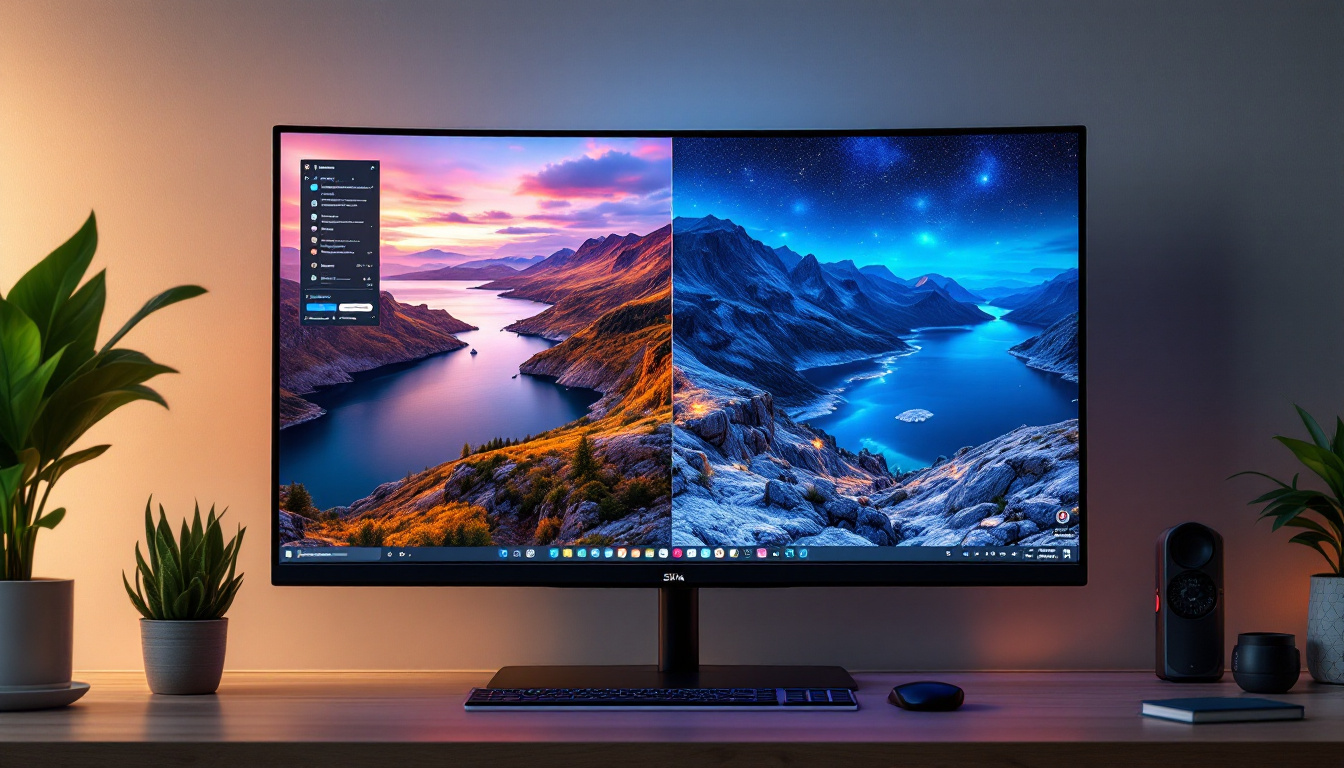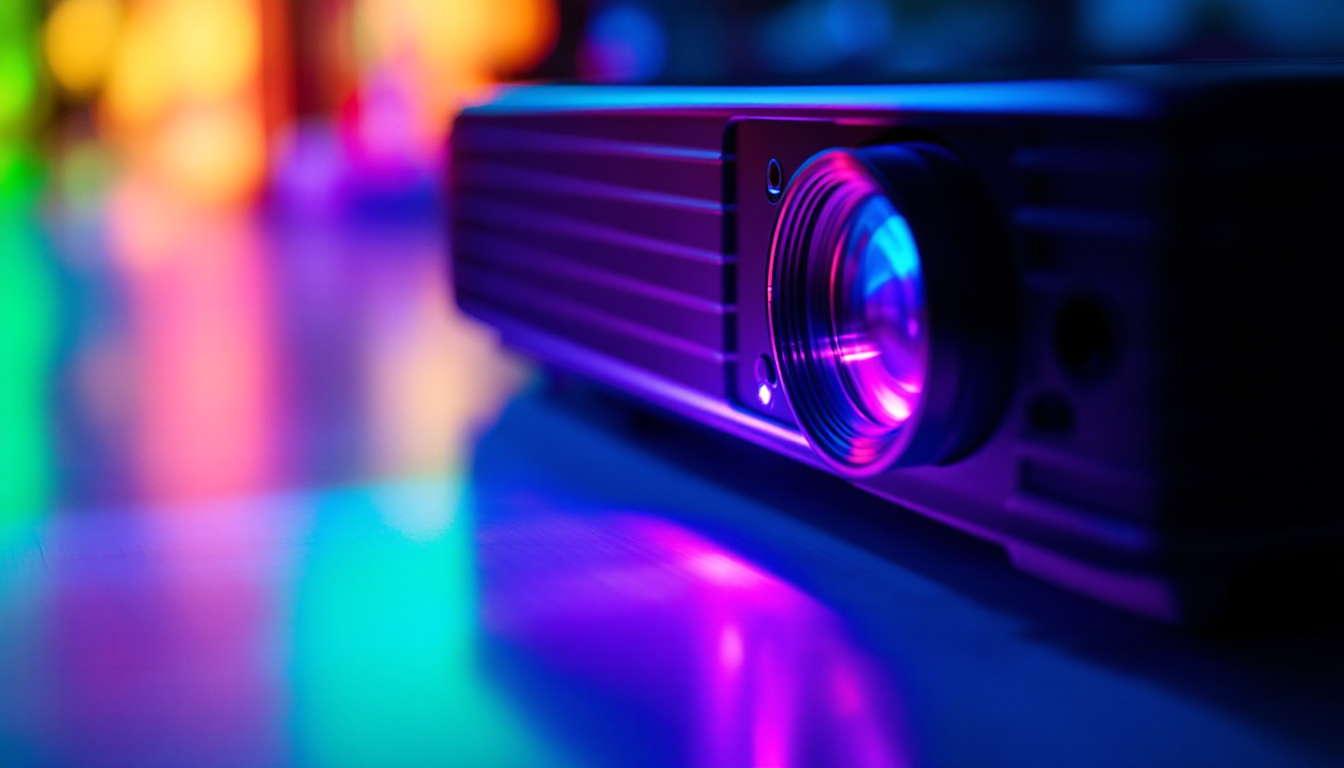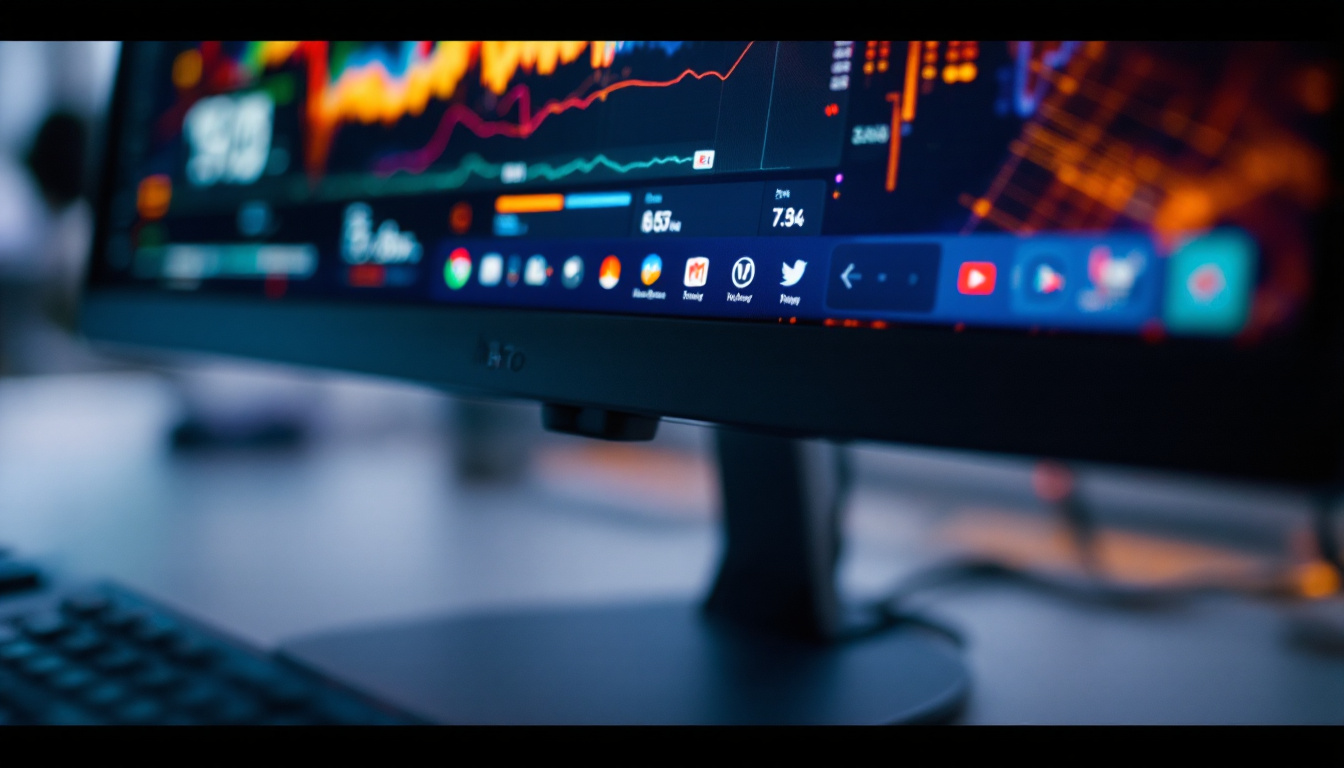In the world of technology, measurements play a crucial role, especially when it comes to displays. One common size that often arises in discussions about LED displays is the 1.2-inch measurement. But how does this translate into centimeters, and what does it mean for the performance and application of LED displays? This article aims to explore the conversion from inches to centimeters, delve into the significance of LED display sizes, and provide insights into their applications and advantages.
Understanding the Conversion: Inches to Centimeters
To fully grasp the implications of a 1.2-inch measurement, it’s essential to understand how to convert inches to centimeters. The conversion factor is straightforward: one inch is equivalent to 2.54 centimeters. Therefore, to convert 1.2 inches into centimeters, the calculation is simple:
1.2 inches × 2.54 cm/inch = 3.048 cm
This means that a 1.2-inch display measures approximately 3.05 centimeters. Understanding this conversion is vital for professionals in various fields, including design, engineering, and technology, as it allows for precise specifications and compatibility checks.
The Importance of Accurate Measurements
Accurate measurements are crucial when designing or selecting displays for specific applications. Whether it’s a small device like a smartwatch or a larger screen for advertising, knowing the exact dimensions helps in ensuring that components fit well and function as intended. For example, a 1.2-inch display is often used in compact devices where space is limited, making precision even more critical.
Moreover, understanding the size in different measurement systems (imperial vs. metric) can facilitate international collaboration and communication. This is particularly relevant in industries where products are manufactured and sold globally. Engineers and designers must often work with teams from different countries, and having a common understanding of measurements can prevent costly errors and miscommunications. Furthermore, as technology advances and devices become increasingly miniaturized, the importance of accurate measurements in product design cannot be overstated. A slight miscalculation can lead to significant issues in performance and usability, underscoring the need for meticulous attention to detail in every aspect of the design process.
In addition to practical applications, the conversion from inches to centimeters also plays a role in consumer understanding. As global markets expand, consumers are often faced with products that list dimensions in both measurement systems. Familiarity with these conversions empowers consumers to make informed decisions, ensuring they choose products that meet their needs without confusion. This is especially true in the realm of electronics, where specifications can significantly influence purchasing choices. A clear grasp of the size and scale of devices can enhance user experience and satisfaction, making the conversion knowledge not just a technical necessity but also a valuable consumer skill.
The Role of LED Displays in Modern Technology
LED (Light Emitting Diode) technology has revolutionized the way displays are designed and utilized. LED displays offer numerous advantages over traditional display technologies, making them a popular choice across various sectors.
Advantages of LED Displays
One of the primary benefits of LED displays is their energy efficiency. Compared to older technologies like LCD or CRT, LED displays consume significantly less power, leading to lower operational costs and a reduced environmental impact. This efficiency is particularly advantageous in devices that require long battery life, such as portable gadgets.
Additionally, LED displays provide superior brightness and color accuracy. With the ability to produce vibrant colors and deep blacks, LED screens enhance the visual experience, making them ideal for applications ranging from smartphones to large-scale advertising billboards. The high contrast ratios and fast response times of LED technology also contribute to a more immersive viewing experience, particularly in dynamic content such as gaming and video playback.
Applications of 1.2-Inch LED Displays
A 1.2-inch LED display, while small, has a variety of applications. These displays are commonly found in devices such as fitness trackers, smartwatches, and other compact electronic gadgets. In these applications, the display needs to be not only functional but also energy-efficient, as battery life is often a critical factor.
In addition to wearables, 1.2-inch LED displays can be utilized in home appliances, automotive dashboards, and industrial equipment. Their compact size allows for integration into tight spaces without sacrificing visibility or functionality. Moreover, the durability of LED technology makes these displays suitable for harsh environments, such as those found in manufacturing settings or outdoor applications. This resilience ensures that they can withstand vibrations, temperature fluctuations, and exposure to moisture, making them a reliable choice for a wide range of uses.
Furthermore, the versatility of 1.2-inch LED displays extends to their ability to support various communication protocols, enabling them to connect seamlessly with other devices. This feature is particularly beneficial in the Internet of Things (IoT) landscape, where small screens can provide real-time data and notifications, enhancing user interaction and engagement. As technology continues to advance, the integration of such displays in smart home systems and connected devices will likely become even more prevalent, showcasing their vital role in the evolving digital ecosystem.
Technical Specifications of 1.2-Inch LED Displays
When evaluating a 1.2-inch LED display, several technical specifications come into play. Understanding these can help in selecting the right display for a specific application.
Resolution and Pixel Density
Resolution refers to the number of pixels that make up the display, typically expressed as width x height (e.g., 240 x 240). For a 1.2-inch display, a higher resolution means a clearer and more detailed image. Pixel density, measured in pixels per inch (PPI), is also crucial; a higher PPI indicates sharper images. For instance, a 1.2-inch display with a resolution of 240 x 240 has a pixel density of around 204 PPI, which is quite impressive for such a small screen. This high pixel density ensures that even the smallest text and intricate graphics remain legible and visually appealing, making it ideal for applications such as smartwatches, fitness trackers, and compact electronic devices.
Brightness and Contrast Ratio
Brightness is measured in nits, and it indicates how well the display can be viewed in various lighting conditions. A higher brightness level is essential for outdoor applications or environments with strong ambient light. Contrast ratio, on the other hand, measures the difference between the brightest white and the darkest black the display can produce. A higher contrast ratio enhances the overall viewing experience by providing more depth and detail in images. For example, a display with a brightness of 500 nits and a contrast ratio of 1000:1 would be well-suited for use in direct sunlight, ensuring that users can easily read information without straining their eyes. Furthermore, advancements in LED technology have led to displays that not only achieve higher brightness levels but also maintain color accuracy, which is critical for applications requiring precise visual representation.
Viewing Angles and Color Accuracy
Viewing angles are another important specification to consider when evaluating a 1.2-inch LED display. This refers to the maximum angle at which the display can be viewed without significant degradation in image quality. A display with wide viewing angles allows multiple users to view the content simultaneously without distortion or color shifts, which is particularly beneficial in collaborative environments or public displays. Additionally, color accuracy is vital for applications where precise color representation is necessary, such as in medical devices or graphic design tools. Displays that support a wide color gamut can reproduce a broader range of colors, ensuring that images appear vibrant and true to life. With the rise of technologies like OLED and Quantum Dot, manufacturers are continually pushing the boundaries of color performance, making it possible to achieve stunning visuals even in compact display formats.
Choosing the Right 1.2-Inch LED Display
When selecting a 1.2-inch LED display for a specific project, several factors should be considered to ensure optimal performance and compatibility.
Intended Use and Environment
The intended use of the display significantly influences the choice of specifications. For instance, a display meant for outdoor use should have higher brightness levels and better weather resistance. Conversely, a display for indoor use may prioritize color accuracy and viewing angles over extreme brightness.
Connectivity Options
Different applications may require various connectivity options. Some displays come with built-in wireless capabilities, while others may need to be connected via physical ports. Understanding the connectivity requirements is crucial for seamless integration into existing systems.
Future Trends in LED Display Technology
The LED display industry is constantly evolving, with new technologies and trends emerging regularly. Staying informed about these advancements can help in making better decisions regarding display selection and usage.
MicroLED and MiniLED Technologies
MicroLED and MiniLED are two cutting-edge technologies that are gaining traction in the display market. MicroLED displays consist of tiny, individual LED elements, offering exceptional brightness, contrast, and color accuracy. MiniLED, on the other hand, utilizes smaller LED backlights to enhance the performance of traditional LCD displays. Both technologies promise to deliver superior visual experiences and are expected to become more prevalent in various applications.
Flexible and Transparent Displays
Another exciting trend is the development of flexible and transparent displays. These innovations open up new possibilities for product design, allowing for displays that can bend, curve, or even become part of the environment. Such displays could revolutionize industries ranging from automotive to retail, providing unique ways to engage consumers.
Conclusion: The Significance of 1.2-Inch LED Displays
In summary, the 1.2-inch LED display serves as a prime example of how size and technology intersect in modern devices. With its compact dimensions translating to approximately 3.05 centimeters, this display size is versatile and applicable across various industries. Understanding the conversion from inches to centimeters, the advantages of LED technology, and the technical specifications involved can guide professionals in making informed decisions.
As the demand for smaller, more efficient displays continues to grow, staying abreast of trends and innovations in LED technology will be essential. Whether for personal gadgets or industrial applications, the significance of a 1.2-inch LED display cannot be overstated. It embodies the ongoing quest for efficiency, functionality, and enhanced user experience in an increasingly digital world.
Discover LumenMatrix’s Advanced LED Display Solutions
Ready to experience the pinnacle of LED display technology? LumenMatrix is at the forefront of innovation, offering a diverse range of LED display modules designed to elevate your brand’s presence and captivate your audience. From the versatility of Indoor and Outdoor LED Wall Displays to the dynamic nature of Vehicle and Sports LED Displays, our solutions are tailored to meet your unique needs. Embrace the future with our Custom, All-in-One, and Transparent LED Displays, and see how our commitment to revolutionizing visual communication can transform your message into an unforgettable visual journey. Check out LumenMatrix LED Display Solutions and join the visual revolution today.

